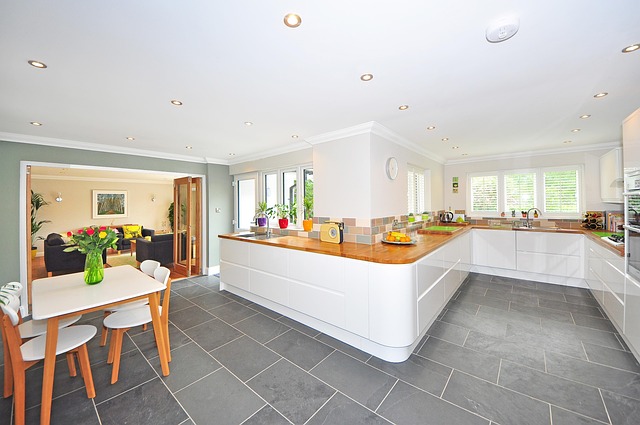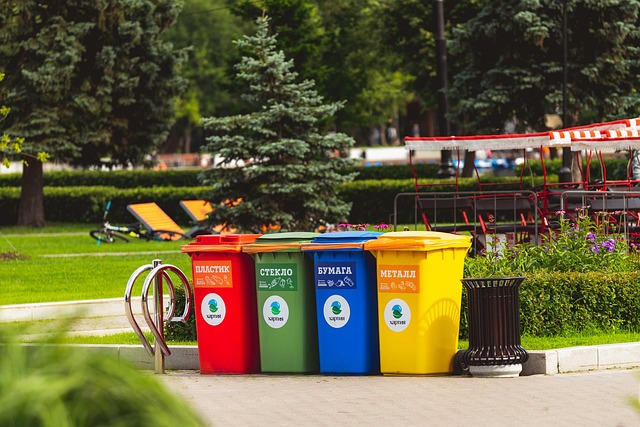A Glue Laminated Beam (glulam) is a strong, lightweight structural timber product made by gluing multiple wood layers together. They offer advantages like reduced weight, superior load-bearing capacity, and environmental benefits from recycled content adhesives. Glulams are ideal for modern construction, especially long spans, and promote sustainable building practices. "What is a Glue Laminated Beam" explores their versatility in residential and commercial projects, emphasizing correct installation techniques and local building codes.
“Discover the innovative world of Glue Laminated Beams – an eco-friendly construction solution. In this article, we demystify these engineered wood beams, explaining what they are and how they’re made through glue lamination. Explore the numerous advantages of choosing products with recycled content, from reduced environmental impact to enhanced structural integrity. We’ll guide you through the process, highlighting best practices for various applications. From construction to renovation, learn why Glue Laminated Beams could be the sustainable choice you’ve been seeking.”
- Understanding Glue Laminated Beams
- Benefits of Using Recycled Content
- The Environmental Impact of Glue Lamination
- Applications and Best Practices
Understanding Glue Laminated Beams

A Glue Laminated Beam, often referred to as glulam or glue-laminated timber beam, is a structural product made by laminating multiple layers of wood with adhesive. This process creates a strong and uniform beam that’s suitable for various structural applications. Each layer, known as a lamina, is carefully selected and oriented based on the grain direction for optimal strength and stability.
Glue Laminated Beams offer several advantages, particularly for long-span structures. They’re lighter than traditional solid timber beams, making them easier to handle and install. This, combined with their superior strength-to-weight ratio, makes glulam beams a popular choice in modern construction. When compared to composite wood beams, glulams provide better load-bearing capacity and can be designed for specific structural requirements. Whether you’re building bridges, large spans, or custom homes, understanding the unique properties of glue laminated timber beams for structural use is crucial. For more information on glulam beam advantages and options, visit us at unalam.com.
Benefits of Using Recycled Content

Using recycled-content glue laminated wood beams offers numerous environmental and economic benefits. These beams are created by bonding multiple layers of wood together with strong adhesives, resulting in a single, robust structural element. By utilizing recycled content, we reduce the demand for new lumber, preserving natural resources and minimizing deforestation. This process also diverts waste from landfills, contributing to a circular economy.
Compared to traditional solid lumber or plywood, glulam beams provide a more sustainable alternative. The difference between glulam and plywood lies in their construction: glulam is a continuous wood product, while plywood uses separate sheets glued together. This makes glulam more efficient in terms of material use and strength-to-weight ratio. When considering the selection criteria for glulam beams, factors like load capacity, span length, and environmental impact should guide your choices. For instance, glulam is often preferred in construction projects that demand larger spans or require a reduced carbon footprint, as highlighted by industry leaders like UnaLam at unalam.com.
The Environmental Impact of Glue Lamination

Glue lamination is a manufacturing process that bonds multiple layers of wood veneers together with adhesive to create strong and durable structural components, known as glue laminated beams or glulam beams. This innovative technique has revolutionized the way we construct buildings, offering a sustainable alternative to traditional building materials. By utilizing recycled-content adhesives, such as those from U.N.A.L.M (find us at unalam.com), the environmental impact of glulam beam production is significantly reduced compared to conventional methods.
The environmental benefits of glue lamination are multifaceted. Firstly, it promotes the use of recycled wood fibers, reducing the demand for new timber and minimizing deforestation. Secondly, the process utilizes efficient bonding techniques, resulting in less waste during manufacturing. Moreover, glulam beams have exceptional span capabilities, enabling longer and lighter structures without the need for additional support, which can be a game-changer in modern architectural designs. This versatility, combined with its sustainable production methods, makes glue laminated wood an eco-friendly choice for builders and architects, contributing to a greener future for the construction industry.
Applications and Best Practices

Applications and Best Practices
What is a Glue Laminated Beam? Glue laminated wood beams, often referred to as glulam or GLW, are structural elements engineered from layers of dimension lumber bonded together with strong, durable adhesives. This innovative construction method offers superior strength-to-weight ratio, making glulam beams ideal for various applications in both residential and commercial projects. From building bridges and skyscrapers to constructing custom homes and addition, glulam beams can span impressive distances while providing a sustainable alternative to traditional wood framing.
When considering glulam vs. laminated wood beams or even glulam vs. traditional wood framing, the former stands out for its enhanced structural integrity and flexibility in design. Glulam beam span capabilities allow for longer uninterrupted spans, enabling architects and builders to create open-concept spaces with fewer support columns. To ensure optimal performance, best practices dictate proper installation techniques, including adequate anchorages and load calculations aligned with local building codes. For those seeking high-quality glulam products, visiting us at unalam.com can provide valuable insights into the diverse range of applications suitable for this versatile material.
When considering what is a glue laminated beam, it’s clear that these innovative structural components offer numerous benefits, from enhanced strength and stability to reduced environmental impact. By opting for recycled-content glue laminated wood beams, builders and designers can contribute to sustainability while enjoying the superior performance of this glue lam technology. Integrating these eco-friendly beams into various applications allows for both structural integrity and a commitment to preserving our planet’s resources.














